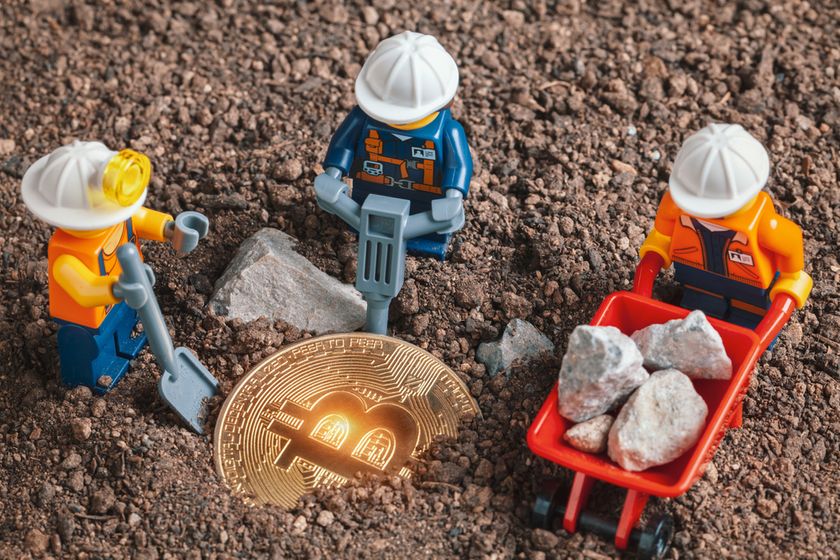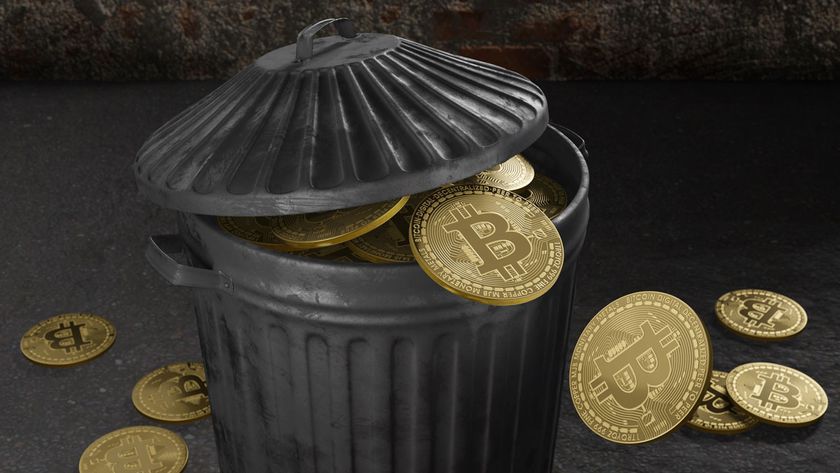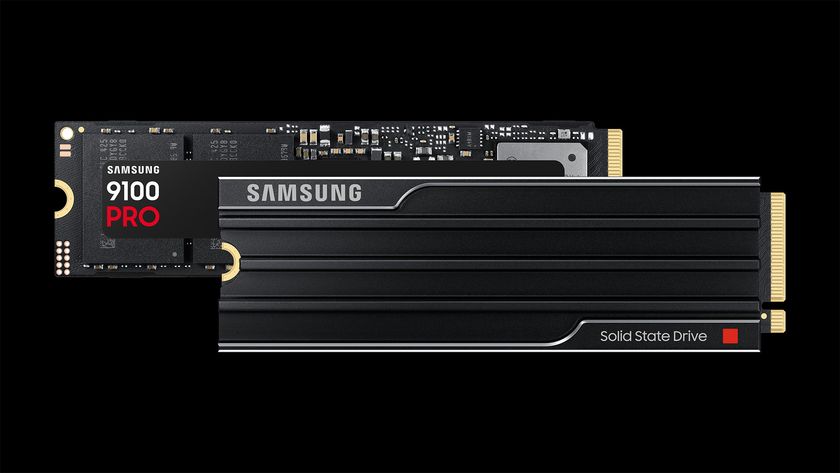Cloud Storage Service Backblaze Unaffected by Chia Crypto Farming
Plus other insights from its Q2 2021 report
Cloud storage service Backblaze released its drive stability report for Q2 2021 today, and it looks like the quick rise and apparent fall of storage-based cryptocurrency Chia hardly affected the company this quarter, and potentially won’t going forward thanks to a “leveling off” of demand.
Despite boasting 181,464 drives across its four data centers and facing recent reports of Chia bricking SSDs, it seems like Backblaze’s biggest Chia concern was drive supply rather than stability. However, the supply team managed to avoid being thrown off too much despite low stock, as it was already setting up a buffer of drives to deal with the ongoing chip shortage.
“The main impact of Chia was felt by our Supply Chain team,” Backblaze’s Principal Storage Cloud Evangelist, Andy Klein, told Tom’s Hardware over email. “Prior to Chia, the Supply Chain team was already navigating the effects of the chip shortage, as shipments of some of the servers used to support our service were being delayed. We maintain a safety buffer to deal with such market behaviors, but anytime there are delays, the team sweats a little.”
Klein elaborated that despite the team’s concerns, “Chia did not have a near term effect as we had enough of a safety buffer and purchase contracts in place.” He also said that demand has now returned to normal, with an implication that we probably won’t see another Chia spike soon. “This has allowed us to ride out the rise and apparent fall (or at least a leveling off) of Chia demands, as supply and demand return to equilibrium.”
Aside from the Chia insights, Backblaze’s report also gave us insight into which drives from which companies tended to last longest for the service. Which we suppose could apply to Chia if you’re still trying to make it profitable even as it seems to decline.
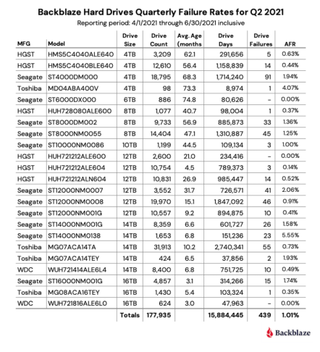
Of all of Backblaze’s drives, the Seagate 6TB, HGST 12TB and Western Digital 16TB recorded no failures during the quarter, which we took a closer look at here. The Seagate did face one failure over the last year, while the HGST hit a record high of five failures during Q1 2021. But overall, the failure rates are still low for all three drives. The Seagate’s lifetime failure rate number currently sits at 0.92%, while the HGST’s is 0.41%. The Western Digital was a new install for this quarter, and currently only sits at 624 drives across Backblaze’s network, so lifetime numbers are still being gathered for it.
As for Backblaze’s overall drives, they recorded an annualized failure rate of 1.01% this quarter, up from 0.85% in Q1 2021 and 0.81% in Q2 2020. Backblaze told us this jump is “within our coincidence interval, but bears watching going forward.”
Stay On the Cutting Edge: Get the Tom's Hardware Newsletter
Get Tom's Hardware's best news and in-depth reviews, straight to your inbox.
Finally, the company also shared that its HDD boot drives have double the failure rate of its SSD boot drives, at 1.54% vs 0.79%. This is controlled for age, drive model and number of drive days, although it’s not surprising given that HDDs involve moving parts.
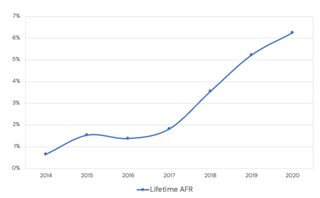
Despite controlling for age in its general SSD and HDD failure rate comparison, though, Backblaze did say that “As the average age of the HDD boot drive fleet increased, so did the failure rate.” While this also seems obvious at first, it did prompt the company to ask itself if we can start to see the same phenomenon appear in its SSD fleet, which is still quite young, in the future. It will be keeping an eye on this data going forward
We at Tom’s Hardware can’t speak to the data presented by Backblaze, as the company uses far more drives than we could ever test. But at the same time, that scale does provide some key insights into how we can expect the storage industry to look going forward.
Michelle Ehrhardt is an editor at Tom's Hardware. She's been following tech since her family got a Gateway running Windows 95, and is now on her third custom-built system. Her work has been published in publications like Paste, The Atlantic, and Kill Screen, just to name a few. She also holds a master's degree in game design from NYU.
Most Popular


